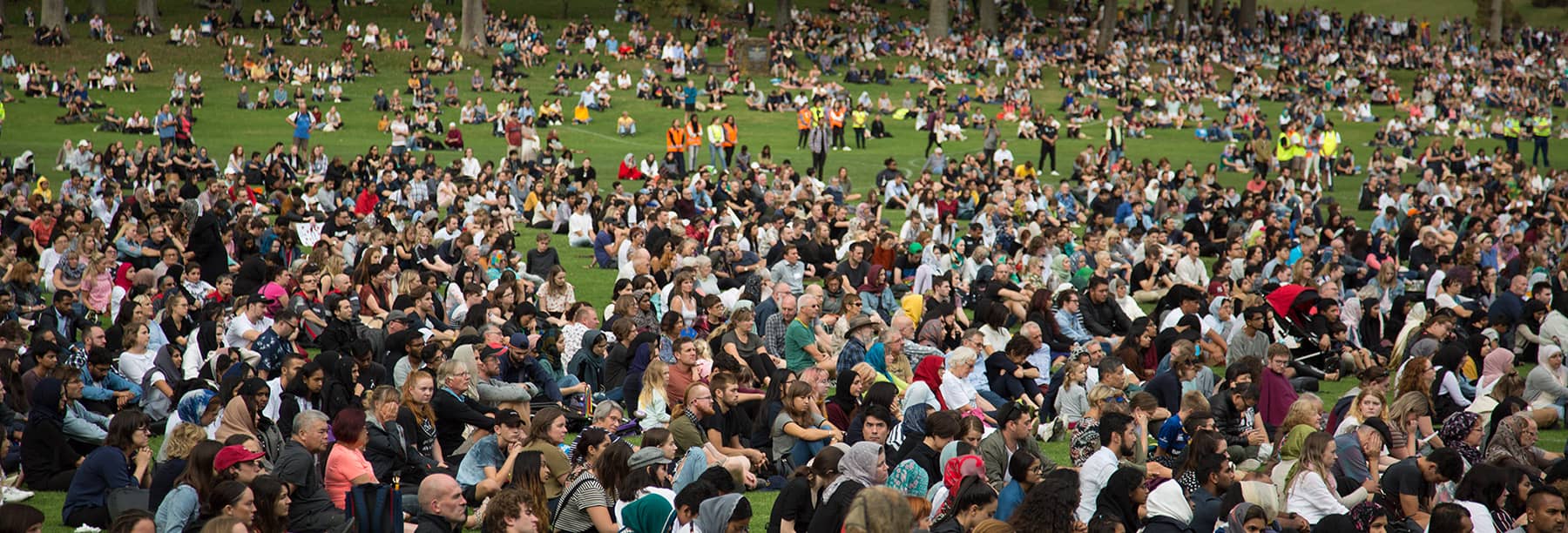Advocating for a better internet for all, we wouldn’t go far without our partners and collaborators. COMMUNIA International Association On the Digital Public Domain, where we are a member, is celebrating its 10th anniversary this week.
Distinct profile, great results
In the digital rights bubble COMMUNIA is unique: its focus on digital public domain stems not from it running projects based on the use of these resources but because public domain – like any public good – requires preservation and protection. One could say that copyright is only a short break in the continuum of human creative heritage. However, with the creative industry’s insatiable appetite to expand and extend copyright (we are looking at you, Disney) there is a need for a targeted effort to keep public domain accessible to everyone.
These issues may seem abstract, but when we think of such classics as Anne Frank Diary and the absurdities of its release into public domain, we can see how important this work is. If that doesn’t convince you, think of The Little Prince by Antoine de Saint-Exupéry– the story of extending the French copyright for works by authors that died during World War II is still one of the most read COMMUNIA articles.
Users’ rights of access
COMMUNIA expanded its interests to users’ rights in access to culture and knowledge. It seemed natural to see copyright exceptions and limitations as a right and not as a favour to internet users. COMMUNIA decided to take a positive outlook at those and created Best Case Scenarios for Copyright – a set of examples showing that fully implemented copyright exceptions do not break creative industries nor do they send artists to beg on the streets.
“One could say that copyright is only a short break in the continuum of human creative heritage. However, with the creative industry’s insatiable appetite to expand it, there is a need for a targeted effort to keep public domain accessible to everyone.”
The Copyright in DSM directive (or CDSM directive) provided ample opportunity to expand the scope of work from the users’ rights angle. With the debate being polarised as it was – between traditional creative industries and tech giants – COMMUNIA was one of the voices arguing for users on issues ranging from censorship through access to culture and information, to (yes) public domain. Article 14 of the Directive, ensuring that reproductions of public domain works of visual art cannot be protected by exclusive rights (and as a result be taken out of the public domain), found its place in the law due to the relentless advocacy of COMMUNIA and its members.
COMMUNIA blog deserves special attention as a great compendium and a record of the copyright reform process, its various twists and turns and explanations of tricky wording. It is a great resource for both copyright experts and those interested in EU policy making.
27 copyright regimes
Together with Wikimedia, COMMUNIA stepped up the copyright game by creating the CDSM Directive Implementation Guidelines. The goal was to – again – look into the best possible scenarios, this time for implementation of the new EU law. Another reflection of COMMUNIA’s positive outlook and constructive approach to less than optimal circumstances.
We are currently working with partners in all Member States of the EU to present these implementation ideas to national legislators and make sure the public domain and user rights are respected across the continent. You can follow the progress on the corresponding Implementation Tracker and see how we rate the implementation in each country on the Eurovision-style scoreboard.
COMMUNIA and Community
The association spun out of COMMUNIA European Thematic Network, which issued the Public Domain Manifesto and gathered over 50 members from academia and civil society researching and promoting the digital public domain in Europe and worldwide. Throughout the years it remained a virtual organisation with its nodes in Amsterdam, Brussels, Lisbon, Ljubljana, San Francisco, and Warsaw where its most active members have been. COMMUNIA had done regular long-distance work before it was a public health-related necessity. It involved lots of laughing, but also sometimes heated debates – they way it should be between opinionated people who strive for the best results in their work.
Importantly, individuals working together became friends over time. We have always enjoyed and cherished getting together IRL, whether it was working intensely during retreats or socialising after a string of conference panels in various cities of the world.
At Wikimedia we wish our little sister COMMUNIA that it continues to look at the positive side of things and to show us how we make users’ rights better and public domain more accessible. Happy birthday and congratulations on the great work!









